- April 4, 2025
-
-
Loading
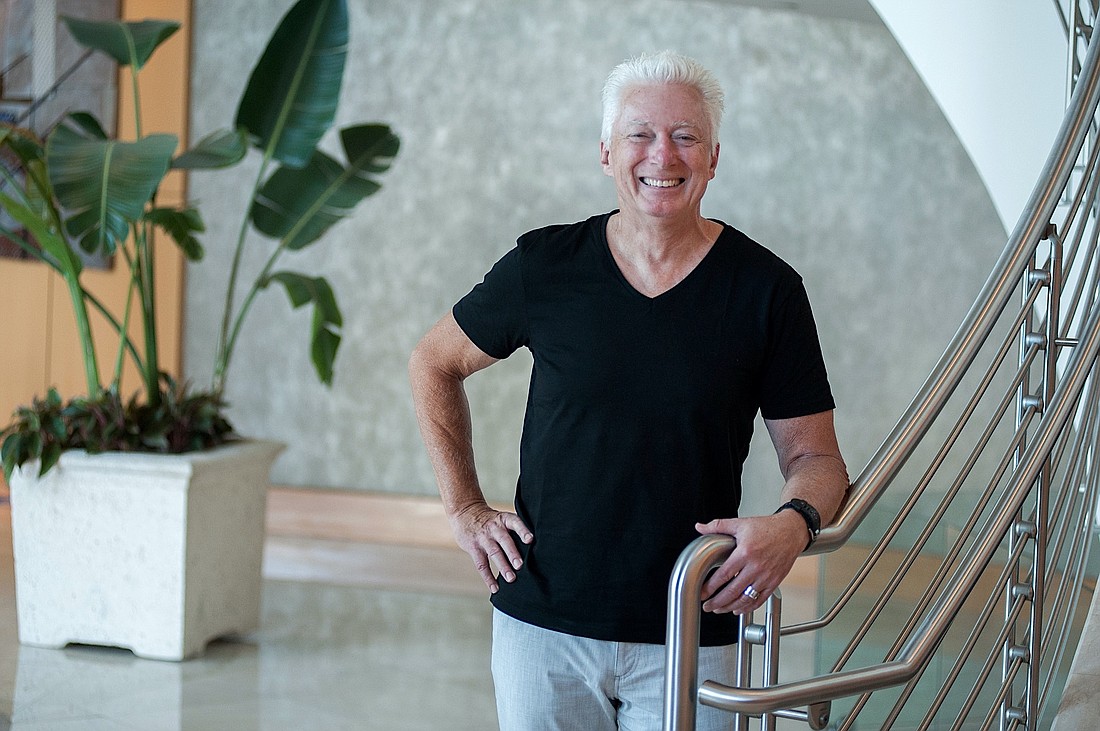
Following a brief respite from his duties as the founding CEO of the Bay Park Conservancy, AG Lafley is back at the helm of the endeavor to build The Bay, a 53-acre city-owned park on Sarasota Bay.
Lafley returned to the BPC following the abrupt departure of former CEO Stephanie Crockatt after only five months on the job and committed to the BPC board to serve at least a year. The former CEO of Procter & Gamble, who in retirement also keeps himself busy in venture capital, has for eight years been involved in establishing the foundation of the BPC, developing partnerships, securing funding and early design and building of the park.
He spoke with the Observer about his reflections of the BPC’s efforts to date and about how the organization will work to complete future phases and operations of the park in perpetuity.
One of the great things about The Bay and this park initiative is that it's timeless. It's forever. A lot of progress was made in 2023. We’ve conserved 53 acres of the most precious land owned by the city of Sarasota. There's a mile of contiguous bayfront. There isn't a mile of contiguous bayfront anywhere else in Florida that hasn't been developed, and so we conserved the land and it's part of the city's comprehensive plan to be transformed into a city park.
Even before I joined this project in November of 2016, this was a community initiative for the benefit of the community. And now that we've done all these years of surveys, we know 95% of the community tells us that they want a public park and that they will come out to the park and that they will use the park.
There are parks in China, India, Japan and Europe that have been around for hundreds of years, so just like the other great parks and beaches and state parks in Florida, The Bay will be around forever.
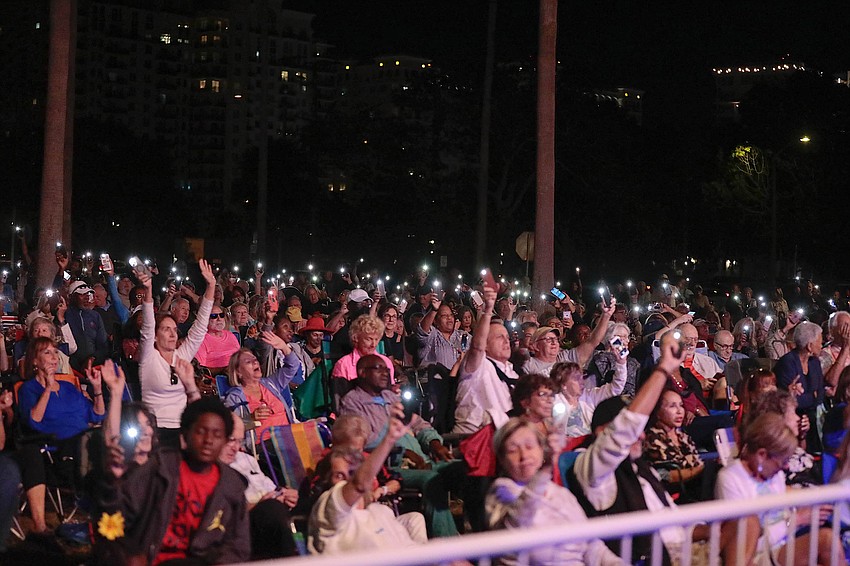
We're only just beginning, and the reason I say that is we’re at about 310,000 visits through November, so in 13 months that many people have come through, but we meet every day people who aren't aware of The Bay or haven't yet come to The Bay.
A high percentage of them are first-time visitors. I went to both holiday movies recently, and when we asked how many people was this their first time in the park, it's always 10%, 15% or 20% of their hands go up, so we're still relatively new and we're still building awareness and encouraging people to come out to the park to take a walk or try one of our program activities. There’s a lot of upside there. There's still a lot of opportunity for more people to come.
We rely very heavily on our network of partners. We have a long-term partnership with the city. It owns the land. It owns all the improvements to the land. We are its nonprofit partner. But there is also the county, the state and now even the federal government, all of whom have given us grants of one kind or another so we can continue to build more park.
Then there is how we get funded through partnerships — all the major foundations, private foundations, donors and business partners. We have more than 100 business partners. Every dollar from our business partners goes to fund programs.
And then there’s Friends of The Bay. We could start 2024 with 1,800 or 2,000 friends, and that's a lot of friends who have given us 25, 50, 100 bucks; sometimes $1,000, $1,500 or $2,000.
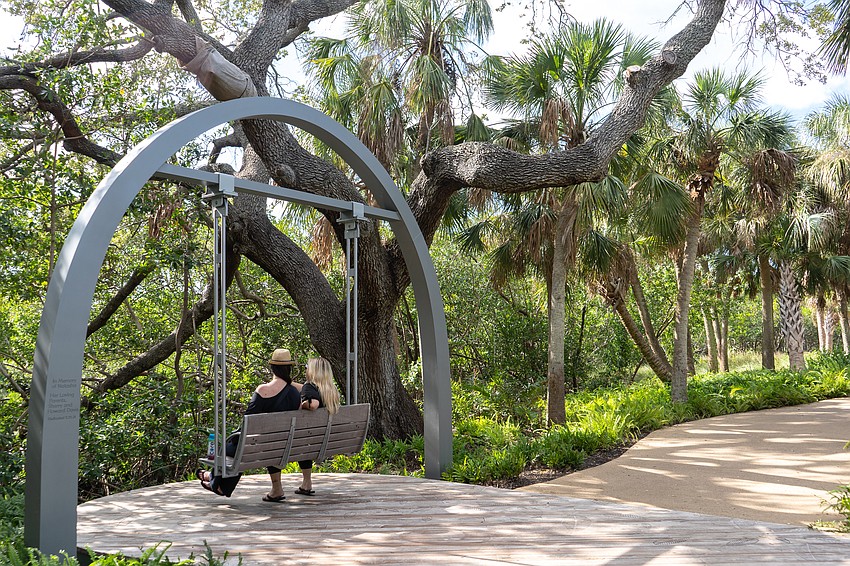
We probably have 200 program partners. We partnered with the Asolo Repertory Theatre for Shakespeare in the Park. We've partnered with the opera to sing opera in the park. We've partnered with the orchestra to provide quartets and quintets who perform in the park. We've had artists-in-residence in the park. We partner with the movie distributors to do our movie programs. We partner with dance studios and individual dance teachers to do our dance programs. I don't know how many yogis we have.
And because we have all these partners, and because they are pumped and are passionate about the park, we sort of operate as conductors or orchestrators and we just make sure that the right partners are in the right place doing the right work for the benefit of park guests.
All of them are paid. There are two ways in-kind shows up. We have a lot of volunteers, so when we do something like the anniversary event, we'll have 100 or more volunteers helping us, so that's obviously in-kind service.
We have a handful or two of volunteers who help us with monthly clean-ups in the park. We have some volunteers who help us with landscaping and gardening. We do get in-kind gifts from some of the local businesses and organizations, but we pay the yogis, we pay the musicians, we pay the fitness and dance teachers and we pay them fairly.
And the reason we're able to pay is we have these business partners who give us $2,500 each, and we have the Community Foundation of Sarasota County and one or two major philanthropists who donate money that only goes to programming.
In Field of Dreams, the baseball movie’s famous line is, “If you build it, they will come.” The problem with a public park is that really doesn't work. But if you build it, if it's well-designed, if it's well-programmed and activated, if it’s well-maintained and cared for, then they will come, and they will keep coming back. The park looks as good today as the day we opened it. That's our standard. That's our goal, because we think that's what the park guests would want.
We're very focused on operational sustainability with our network of partnerships and how our team will be able to continue to deliver the experience. We added a couple of team members in 2023 and we'll be adding a handful in 2024 because we have more to manage.
We have four capital projects to do in ’24, ’25, ’26 and ’27. Everything's built on being sustainable. Our first guiding principal was to conserve the land and to become a gathering place that's open and accessible, free and welcoming to all. And then it was built on partnerships, and we list our partnerships, then the mix of program activities, etc. All of those things we think make us sustainable.
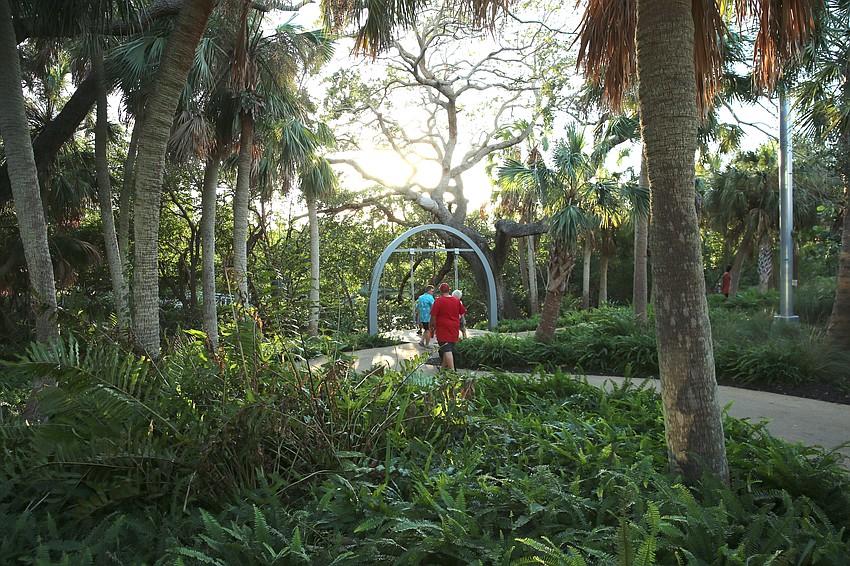
I was very familiar with the strategy and the financial structuring and funding technique because we did three TIFs in Cincinnati that funded a lot of development, but it was pretty new here. The way this TIF was set up and the way the city and the county partnered on it has been extraordinary, and we've benefited mightily from the growth development of this whole district that surrounds the park.
We'll begin building that in 2024. We began to design it in 2023, and as we've said from the beginning we want to be sustainable in every way. So obviously we’re conserving land, environmentally restoring the land and water, treating every drop of polluted water that comes through this site, planting eventually 1,000 trees and a whole bunch of landscaping and plants so the air quality gets better. Everything is about conservation and environmental sustainability.
Every time we do a survey, every time we talk with guests who are in the park, they want to be able to get something to drink and something to eat. People want to have access to food and beverage and clean restrooms, so the debate really has been around what specific kinds of restaurant food and beverage operation are we going to offer.
I keep telling the city commissioners and different groups and individuals I meet with is that all is to be decided. The community will have ample opportunity to give us feedback and input, but just like all of our partner providers they will be local and they will be accessible.
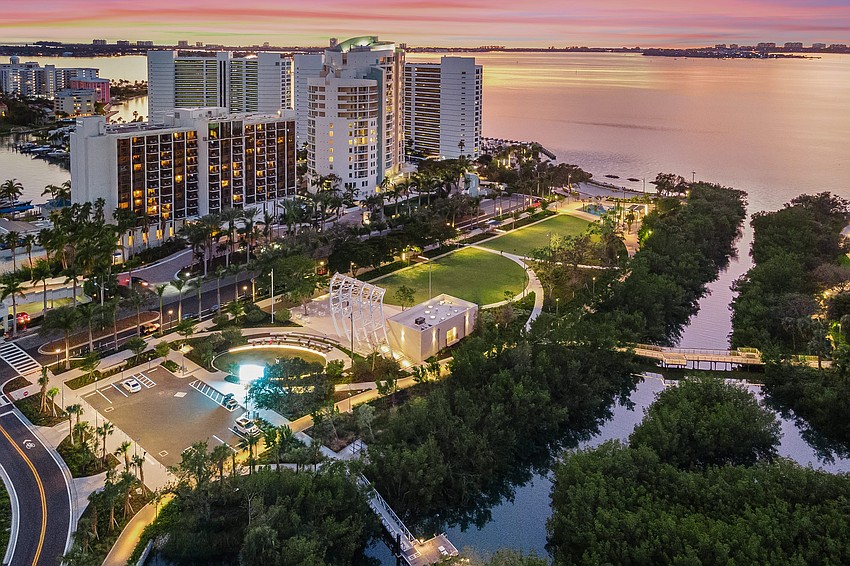
What we've provided for, and I don't think people realize how cool it's going to be, is that long shade structure on the south side of the boat launch that's going to be a mobile food truck village. Right now we show six bays. I don't know whether it's going to be six, eight or whatever, but we know we can do an event here and bring in four to 10 food trucks and we can offer all of those choices at a very affordable price point.
The restaurants are part of the business model and part of the financial model, but the primary reason we're doing the food and beverage is because people want to be able to eat and drink when they come to the park.
We don't have to manage more park for the next two or three years because we'll be building more park. The first piece that will get done probably will be the seawall and day docks, and we don't really have to manage that.
Until we do the resilient shoreline and the cultural district, which is probably going be finished in 2026 maybe into 2027, that’s when we need to manage more park. We feel pretty comfortable if we can get to 15 this year we’ll be in good shape.